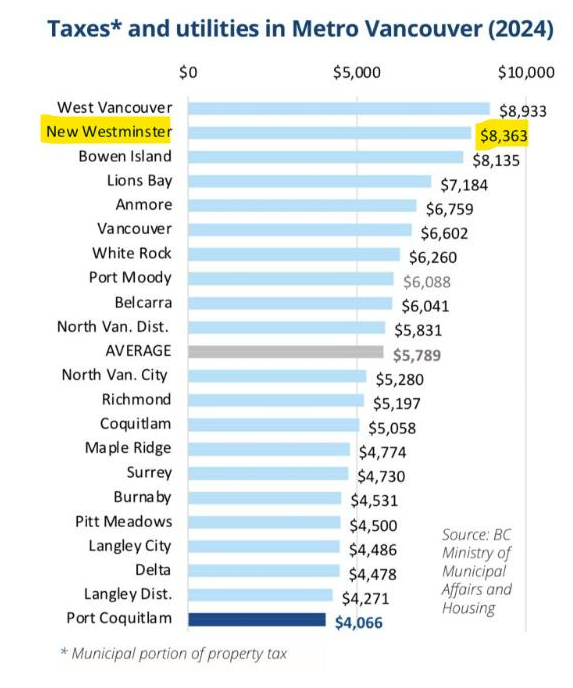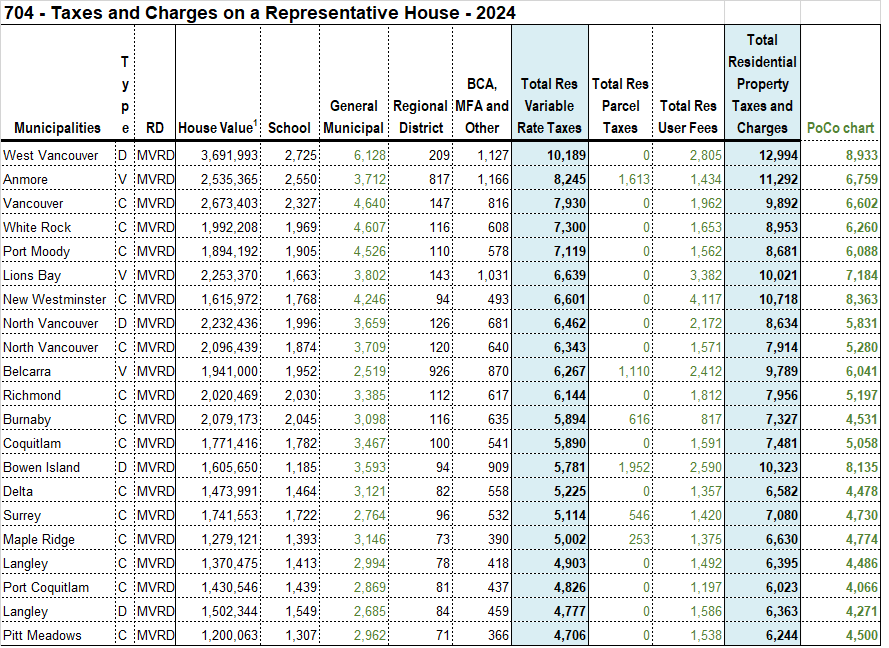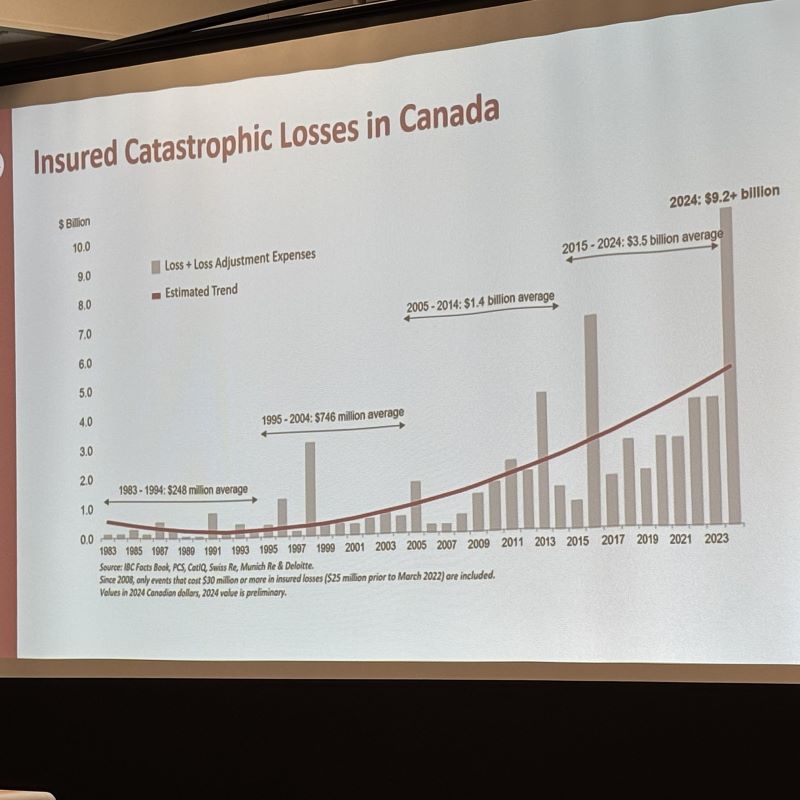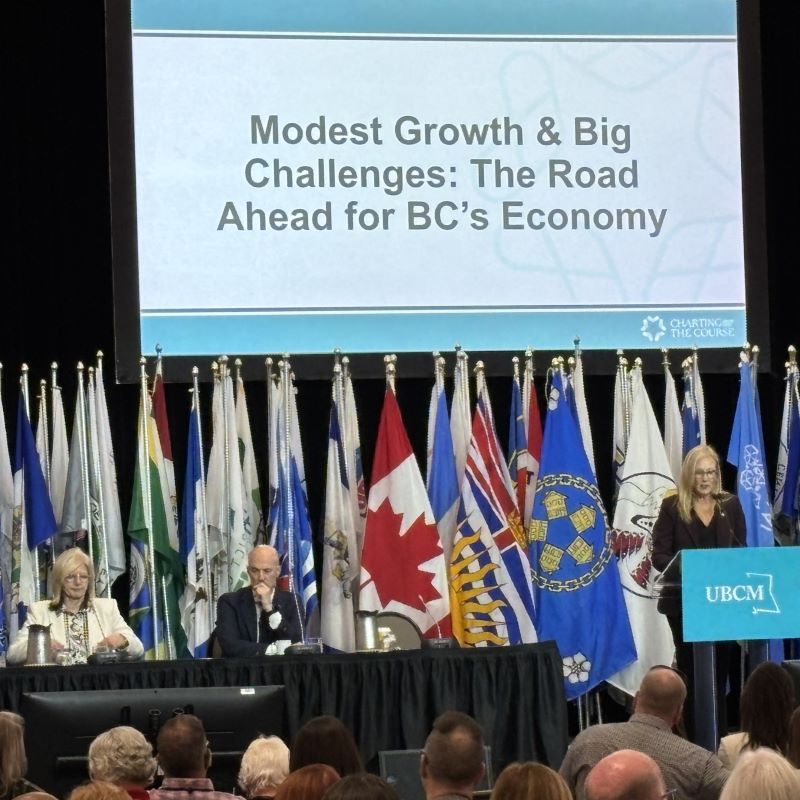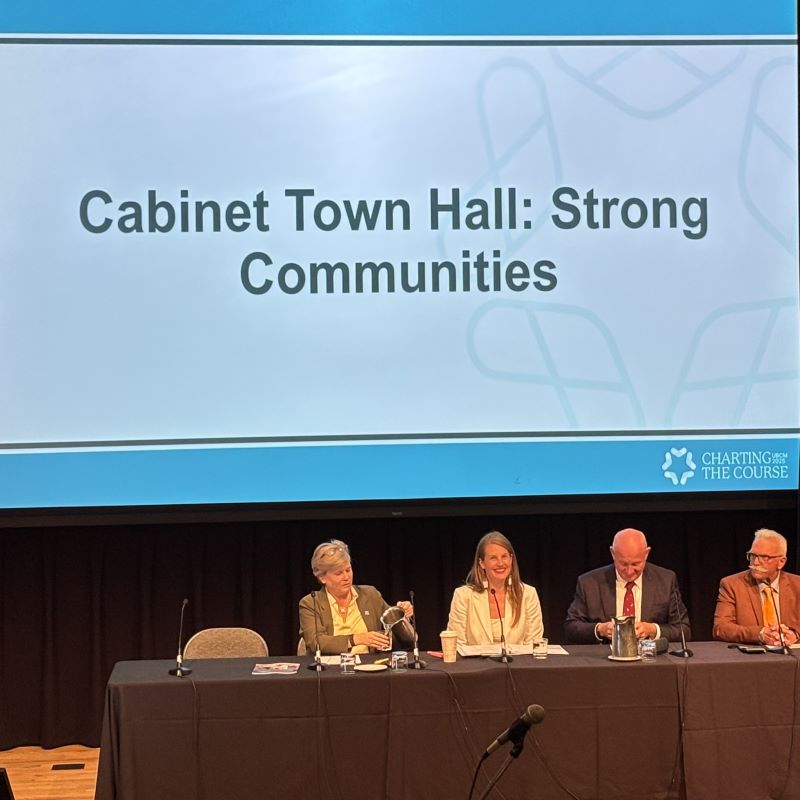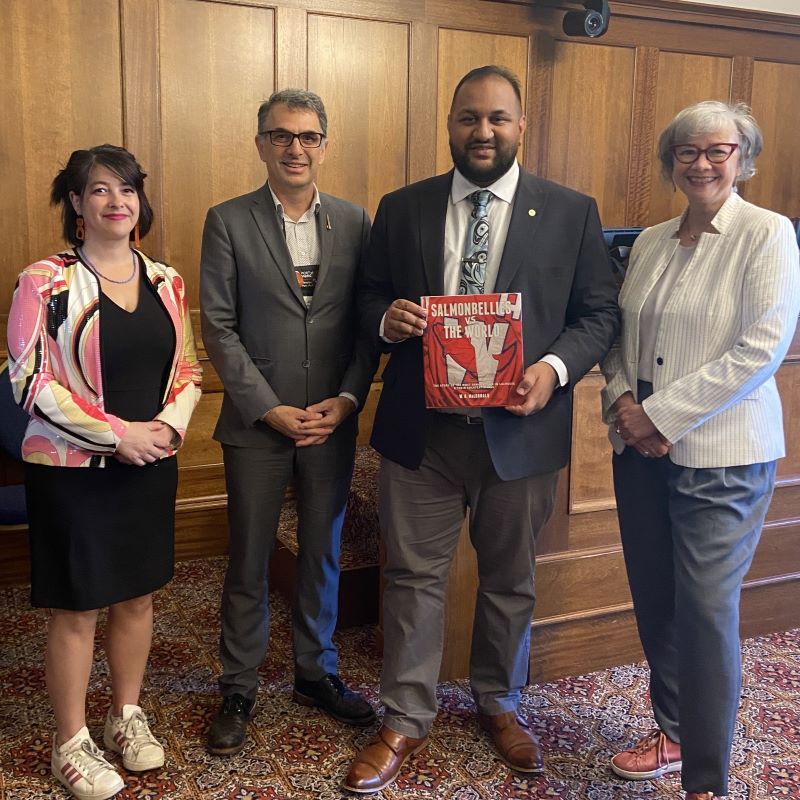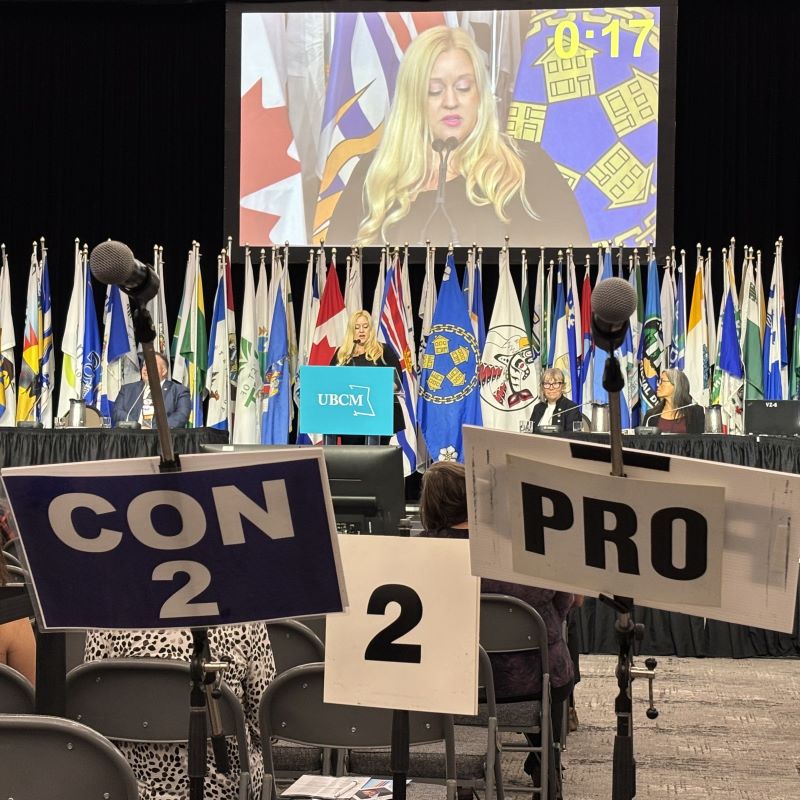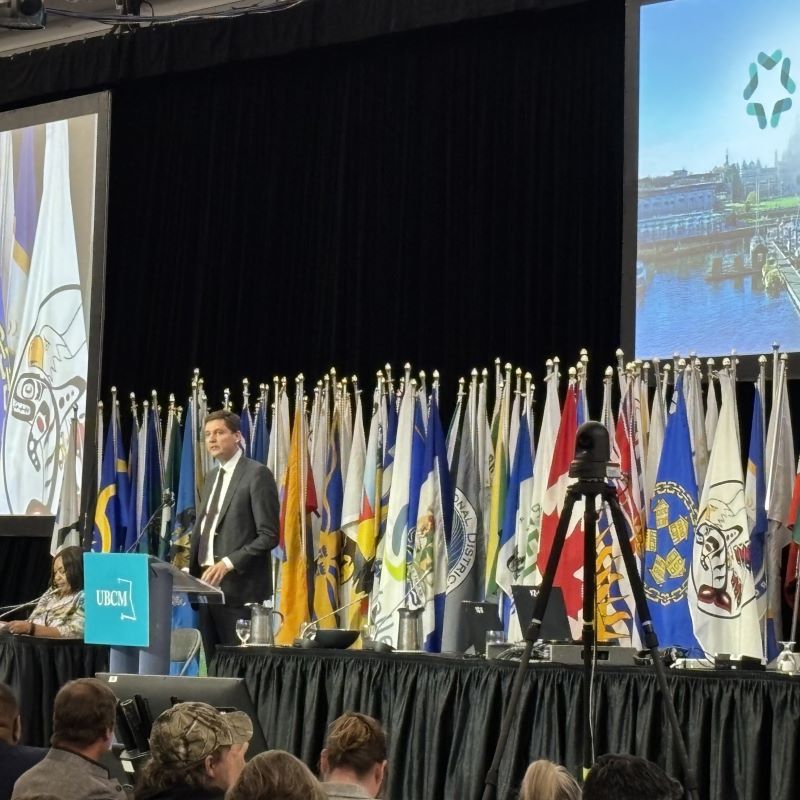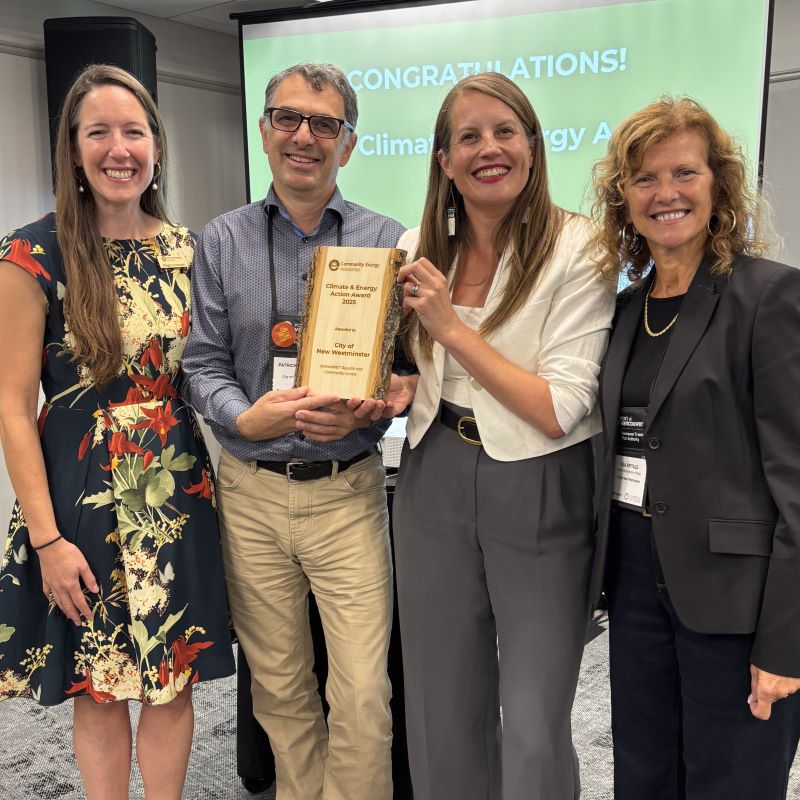Monday’s meeting was relatively brief compared to many this term, but it involved some pretty meaty discussions on issues small and large. You can always watch the video here and enjoy the full experience to hear the many points I can’t possible condense here in my regular reporting out. The Agenda started with one item carried over from the previous meeting that ran too long for us to get to it:
Relocation of Loading Zone on Sixth Street
This has been an interesting discussion over the last few weeks. The bus stop on Sixth Street at Sixth Ave is the busiest bus stop in the City that isn’t at a Skytrain Station with more than 1,200 transit users boarding and alighting there every day. The 106 route is also one of the busiest routes in the region, and shares this stop with the 105, while connections are made here to the 101 and 155. The 106 has specifically been a target for Speed and Reliability measures for some time. The preferred approach is to move the bus stop as close as possible to the Sixth and Sixth corner while still maintaining safe movements around what is also one of the busiest pedestrian intersections in the City. There is also a desire to build a modern, accessible, and sheltered bus stop that is “future proofed” for pending bus service improvements at this busiest stop in the City.
Unfortunately, these changes were not transmitted by the City or TransLink to the residents of an adjacent building, and they aren’t happy about that, mostly because a loading zone was near the entrance of their building was proposed to be moved to where the previous taxi queue was.
There was a pretty robust discussion around this, but I cannot help but mention there was quite a bit of misinformation circulated early that added to the resident’s anxiety and concerns, and despite staff and some of Council’s attempts to correct that information, we are deep into Betteridge’s Law by now. One example was access to HandiDart – and the need to clarify that the new longer bus stop will accommodate regular bus movements and HandiDart services, actually improving proximity to the building for HandiDart users (and providing a sheltered place for HandiDart users to wait for their ride). Indeed with the loading zone moved, HandiDart will be able to access the entirety of the curb from Princess Street to Sixth. Similarly, concerns that the changes will hamper ambulance of fire access were clearly refuted by the Fire Chief last meeting.
The biggest concern expressed by residents was that the loading zone at the Princess Street end of their street frontage present since the building was opened (and expanded in 2021 when some pay parking was stripped then modified further when a temporary bust stop was installed) would be lost, relocated to the south end of the blockface to replace the taxi queue area. Through discussion with staff, it was determined that returning this loading zone to the pre-2021 condition was viable, and would not seriously impact bus operations. There is some detail here to work out, as HandiDart access is still a primary concern, and we want to assure that still works with any modification, but it looks like Council has found a compromise between the needs of transit users and the needs of the building residents. If there is disappointment here, it is that we probably could have found this solution if we had taken a bit more time to talk to folks prior to starting the redesign work, but we got here now, and I’m glad Council took the time to listen an understand the problem, and staff were able to find a workaround. Sometimes it works, folks.
We then approved the following items On Consent:
Bylaw Amendments to Reflect Community Services Fees and Charges Bylaw No. 8529, 2025
Council adopted (unanimously) Bylaw 8529 in late September, a Bylaw that collects various user fees together under a new Bylaw to align with our new departmental structure. This means edits to three other Bylaws to finish the move: these are those three Bylaws.
Downtown BIA Renewal 2026 – 2029
Business Improvement Areas are non-profit organizations regulated by the Community Charter. The members (defined as businesses property owners within a geographic area) agree to a taxation level, usually based on the frontage or area of their property, the City collects those taxes and returns them to the BIA to do “business improvement” activities defined in the Charter. This agreement between the city and the BIA must be renewed every four years. Last month, the members of the Downtown BIA unanimously approved a four-year renewal term, and a pretty significant increase in their levy, the City need to pass a Bylaw to make this a reality.
The following two items were Removed from Consent for discussion:
Response to Council Motion – Limiting Business Licences for Vape Stores
There has been community concern raised about vape technology, both as a public health concern for youth and about the prevalence of new shops opening up in New West. Tasha Henderson has been working with colleagues across the province to advocate for the Province to take better control of the industry, recognizing that municipal borders don’t mean much to a supply chain like this, but there is something we can do locally to stem the tide a little. There are “age restricted” vape shops in New West – a category that doesn’t include gas station convenience stores or other retail places where vape products may be available, but they are not displayed, much like cigarettes are managed.
Regulating retail for an undesirable but legal products needs to be approached carefully. Sometimes it points to a moral panic (see video game arcade restrictions that were a hassle to overturn a few years ago), and sometimes it opens the gates to Council having to draw lines in gray areas with imperfect knowledge (are vape stores worse than cigar stores?) and without fully understanding the outcome being sought. This is a good example, if vape shops are age restricted, is this about keeping those products out of the hands of youth? Or do we just not like the aesthetic of vape shops? Politics is about the grey.
The City hosted a Retail Strategy roundtable this summer with many businesses and commercial property owners there, and they overwhelmingly supported some restriction of Vape shops because of a perceived impact on street vitality. We also received correspondence from the medial health officer supporting further restriction. So staff are recommending we update our zoning bylaw to limit expansion of new age-restricted vape shops, recognizing that the existing one are “grandfathered” in – we don’t have strong legal grounds to shut them down. And Council agreed.
Rezoning and Special Development Permit Applications: 801 Columbia Street
The vacant lot at Eighth and Columbia is one of those challenging spots in the City. It was an area of, to be generous, underperforming retail prior to being demolished by the City to support the staging of adjacent construction (including belonging to the city to support staging for Anvil Centre construction). The City (in hindsight, probably not wisely) sold the property off, and in 2016, considered a Development Permit to build a three-story commercial building on the site.
Alas, the developer of that plan never competed their planning, and the property was sold off again, and still sits as an empty lot in the middle of the downtown. The current owner now wants to build a rental high-rise on the spot with two stories of retail at grade and (this is a first for New Westminster, and no surprise considering the adjacent SkyTrain and new Provincial Transit Oriented Development regulations) no residential parking.
This is a preliminary application, but Council did not sound particularly excited about it. There were a number of concerns raised, mostly around buildability (there is nowhere except busy streets to stage construction of a building this scale), and a general lack of amenity value for such a large development.
The purpose of this preliminary review is not to say yes or no (as this is not a complete application or proposal and there are numerous details to work out), but for Council to let staff and the developer know if there are significant concerns that need to be addressed prior to consideration of rezoning, and to set some expectations for community amenities or other conditions that should be included if a rezoning application comes to Council. In the end, that list seemed longer than Council was comfortable drafting in a council meeting, so the decision was to defer this item until next Council meeting so Council can show up with a more considered list.
And that was the end of the very short agenda. Happy Diwali everyone! Go Jays Go!
